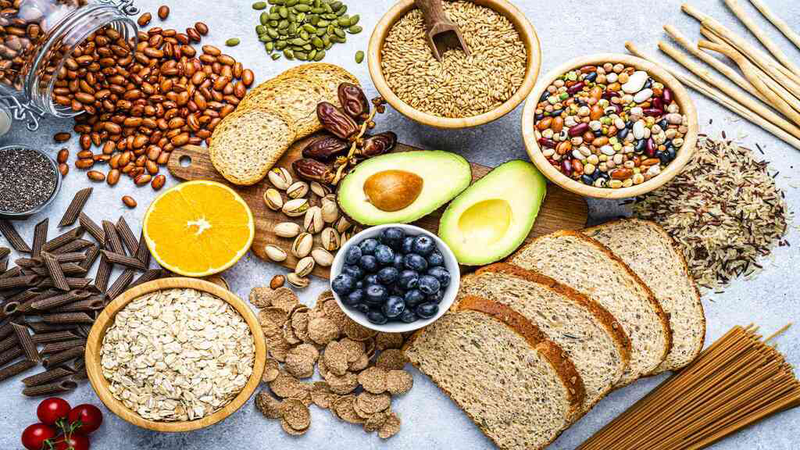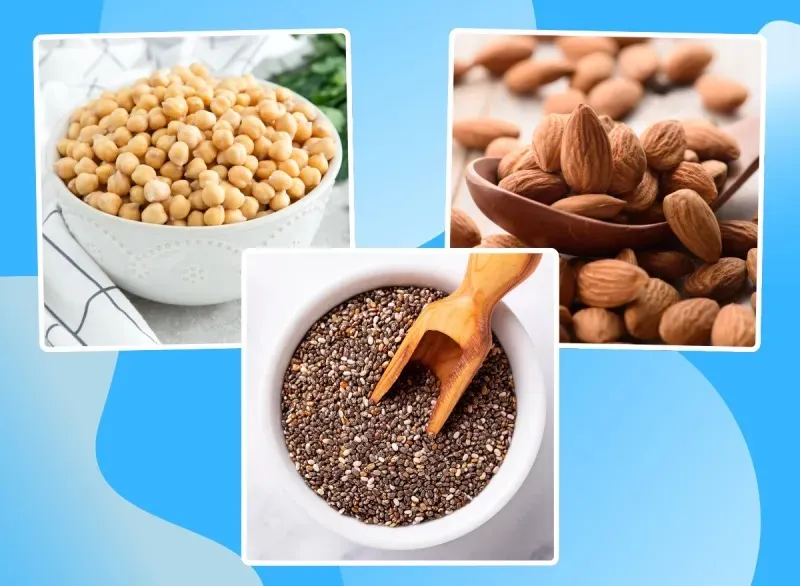
The Benefits of High Fiber Foods for a Healthy Digestive System
High fiber foods are essential components of a balanced diet that promote digestive health and overall well-being.
Common Digestive Disorders
The digestive system is prone to several conditions that can affect daily health:
-
Peptic ulcers: Painful sores in the stomach or duodenum, often caused by Helicobacter pylori.
-
Digestive disorders: Symptoms like bloating, constipation, or diarrhea.
-
GERD (acid reflux): Stomach acid flows back into the esophagus, causing burning and discomfort.
-
Colitis: Includes ulcerative colitis and irritable bowel syndrome (IBS).
-
Hemorrhoids: Swollen veins in the rectum, often due to chronic constipation.
-
Gallstones: Hardened deposits in the gallbladder, leading to pain and jaundice.
A diet rich in high fiber foods can lower the risk of many of these conditions.

Why Fiber Matters
Though not digested, fiber plays vital roles in maintaining health:
-
Digestive support: Promotes bowel movement, preventing constipation.
-
Heart health: Soluble fiber lowers LDL cholesterol.
-
Blood sugar control: Slows glucose absorption, reducing type 2 diabetes risk.
-
Weight management: Increases satiety, reducing calorie intake.
How High Fiber Foods Support Digestion
Fiber comes in two main forms:
-
Soluble fiber: Turns into gel when combined with water, aiding digestion and regulating blood sugar.
-
Insoluble fiber: Helps move food through the intestines, preventing constipation.
Both are necessary for optimal digestive and metabolic health.
Why Children Need Fiber
Fiber helps children absorb nutrients better and avoid constipation.
-
Ages 1–3: about 19g daily.
-
Ages 4–8: about 25g daily.

The Best High Fiber Foods for Digestion
Examples of high fiber foods to include in your daily diet:
-
Pears: About 5.5g per fruit.
-
Avocados: Provide 5g fiber per half cup, plus healthy fats.
-
Legumes: Beans and peas offer 4–10g per serving.
-
Whole grains and oats: 8–14g fiber, supporting blood sugar control.
-
Raspberries and artichokes: 4–5g fiber, rich in vitamins.
-
Cruciferous vegetables: Broccoli, kale, Brussels sprouts, 2.5–6g fiber.
-
Seeds and nuts: Chia, flax, almonds deliver soluble fiber and healthy fats.
-
Other sources: Sweet potatoes, apples, bananas, carrots, pumpkin, and seaweed.
Conclusion
High fiber foods are crucial for digestive wellness, heart protection, blood sugar balance, and healthy weight management. Eating a variety of fiber-rich foods daily is a simple way to strengthen long-term health.